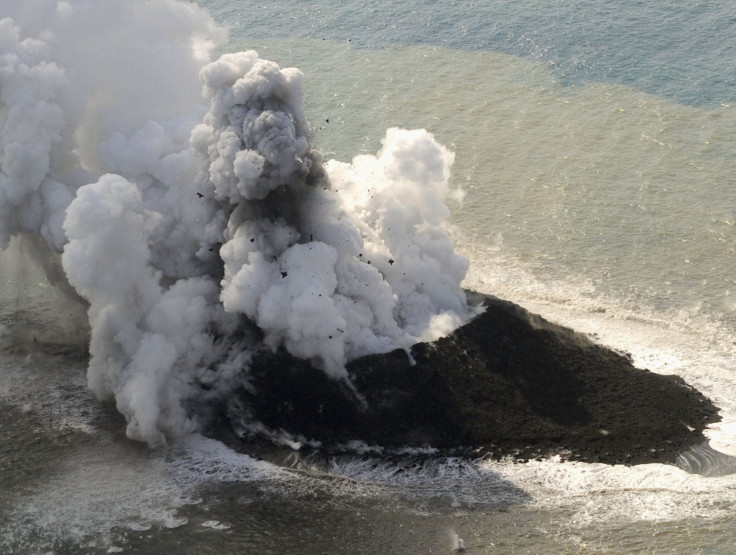Rock pores were the crucibles of early life on Earth suggests study

Tiny water-filled pores in hot rock on the ocean bed probably were the nurseries in which life on Earth began.
These elongated pores had the temperature gradient, crucial for formation of complex nucleic acids from simple biomolecules, and also for reproduction of the same in a chemically stable form.
Scientists from Ludwig-Maximilians-Universitaet (LMU) in Munich demonstrated this in an experiment, using tiny glass capillary tubes to simulate the pores found in rock.
By heating the tubes from one side and allowing water containing dissolved fragments of linear DNA of varying lengths to percolate through it, they showed that the long strands are trapped within the 'pore'.
Not only are nucleic acids retained in the pore, they are also capable of replication under these conditions.
Charged molecules in a temperature gradient preferentially move from the warmer to the cooler region, allowing longer polymers in particular to be securely trapped. This is important in the evolution of nucleic acids such as RNA and DNA, because longer molecules can store more genetic information.
In the hotter region, the double-stranded strands separate into component strands within minutes. The single strands are then transported by convection back to the colder region of the pore. Here they encounter the chemical precursors of DNA which are fed into the pore.
The pre-formed strands then act as templates for polymerisation of complementary strands.
The strands not only replicate but are also elongated by stitching fragments together. When the nucleic acids accumulate to levels beyond the storage capacity of the pore, the newly replicated molecules escape and colonise neighboring pore systems.
One of the crucial precondition for the origin of life is such accumulation of precursor molecules in a highly concentrated form in solution. This was not possible in early oceans with low concentrations of the molecules.
The LMU team have showed that pore systems on the seafloor that were heated by volcanic activity could have served as reaction chambers for the synthesis of RNA molecules.
Pores that were exposed to heat are frequently found in igneous rock formations, and they were certainly common in rocks of volcanic origin on early Earth and metal inclusions in the rock, enhanced the temperature effect.
"The key requirement is that the heat source be localized on one side of the elongated pore, so that the water on that side is significantly warmer than that on the other," says professor Dieter Braun.
That was demonstrated using the tubes.
Biomolecules were similarly washed into the pores, trapped and concentrated by the action of the temperature gradient.
© Copyright IBTimes 2024. All rights reserved.





